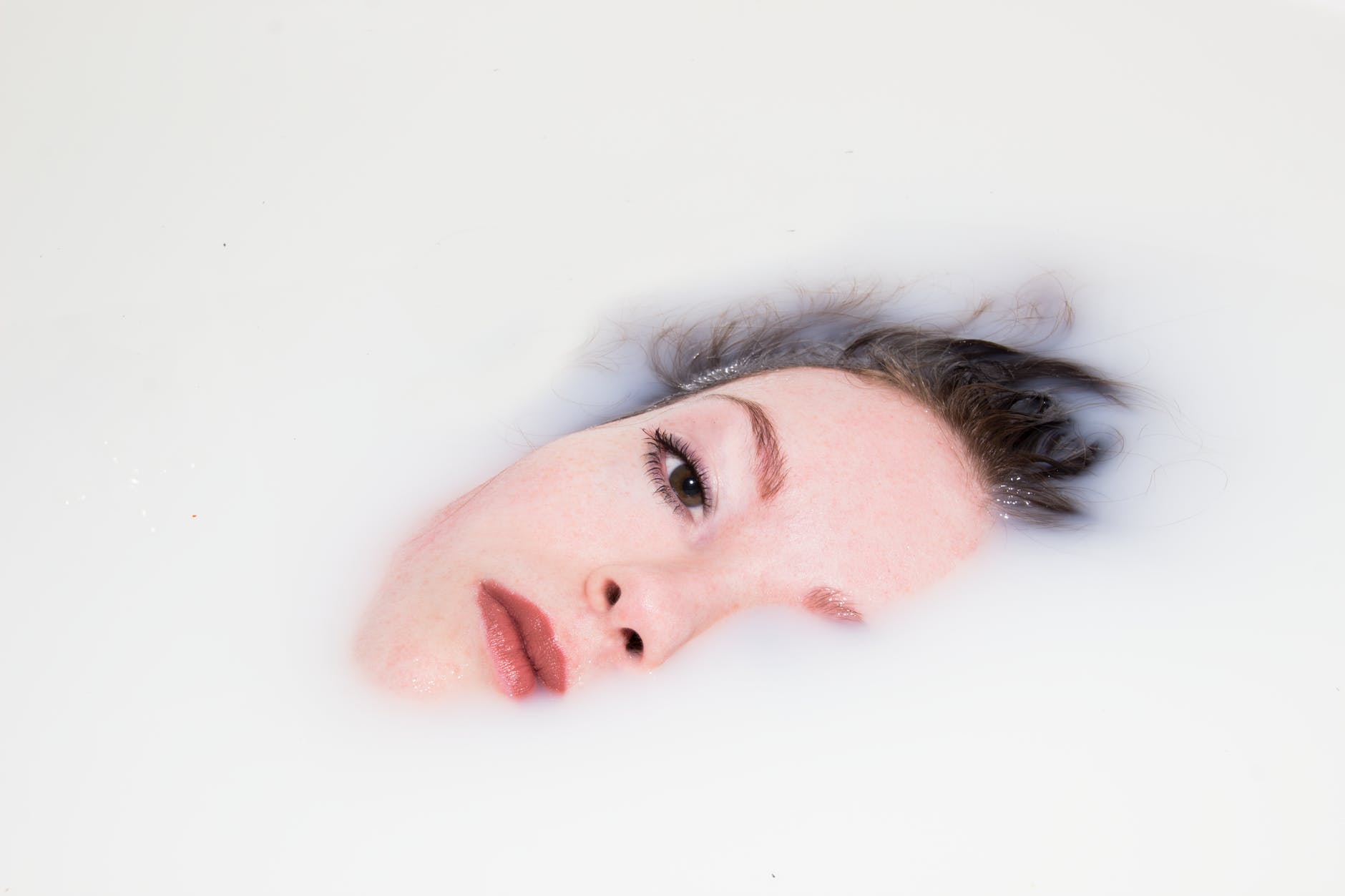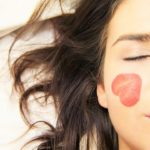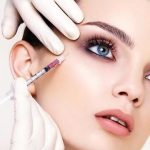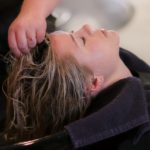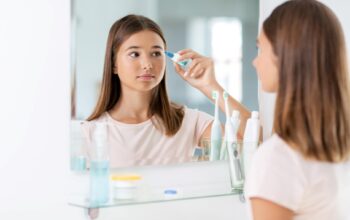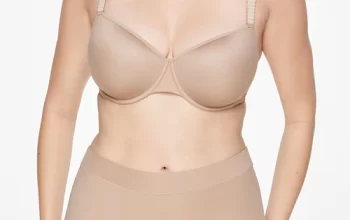Most people assume that Botox is only used to prevent signs of aging like wrinkles. However, there are several other beneficial uses of Botulinum toxin.
Botox works by preventing the nerves from communicating effectively between the brain and the muscles, preventing them from contracting. This helps prevent wrinkles because the skin won’t fold or crinkle, allowing the fine lines to fill in on their own.
However, it’s also used for many different medical uses. Many dermatologists spoke about several off-label uses of the powerful neurotoxin.
Migraines
Many people use Botox to help relieve the suffering from migraines. Anyone who has had a migraine knows that relief is often desperately wanted but hard to come by. However, Botox is the latest treatment for middle age migraine sufferers.
In a study of people who get chronic migraines, Botox was able to reduce the number and effects of headaches and migraines. The adults who participated in the study also found they had more days without any pain at all, allowing them to work a normal schedule.
Another study indicated that participants who took two rounds of Botox were able to cut the days they spent suffering from headaches and migraines in half. Those who were treated with five rounds of treatment saw migraines and headaches cut in half for more than 70% of the participants.
According to Dr. Richard Maloney, a Botox expert from Naples, FL, many people can find relief from headaches and migraines because the neurotoxin blocks the neurotransmitters that transmit signals of pain to the brain. It prevents the chemicals from reaching the brain like a roadblock.
Slimming and Facelifts
Botox is also used to change the shape of the face by either creating a slimmer profile or lifting specific features on the face.
Botox helps patients change the shape of their face without the expense and downtime of surgery. Some use it to inject the jawline, creating a thinner and smaller appearance by relaxing the muscles. As people age, the face begins to grow wider at the jawline and becomes more square looking. By injecting Botox into the jawline, you will appear younger.
It’s also capable of helping lift specific facial features like the brows, the nose, and the lips. When it is injected into the muscles around the eye, the eyebrow will rise at the tail, creating a fresh look. Lifting the eyebrows also helps with eyelid droopiness.
When Botox is injected into the nose, it can raise the tip of the nose to create a similar effect as a nose job. If Botox is used with fillers, it can also create a magnified pout in the lips, causing them to protrude slightly from the face. This creates the sexy pout everyone wants.
Acne
Some studies even suggest that acne can be treated with Botox. When Botox is injected into active lesions caused by acne, it can help reduce the amount of oil produced. It can also help prevent cystic acne. A study reveals that 85% of participants saw a decrease in sebum production and decreased pore sizes. It is believed that Botox helps with acne by blocking acetylcholine in the dermis layer of skin, which is a chemical that is responsible for controlling sebum production. However, the results are only temporary because the body metabolizes it with six months or so.
Hyperhidrosis
Hyperhidrosis, otherwise known as excess sweating, is another top use of Botox outside of its typical anti-aging properties. Excessive sweating can often be frustrating to those who suffer from it. Generally, physicians will try to treat excessive sweating with prescription antiperspirants or oral medications to help reduce the hyperhidrosis.
However, if these treatments don’t work, some physicians will offer Botox treatments. IT can help people go from incredibly sweaty to nearly dry in under three minutes. It can also be tailored to the amount of dryness they want.
It can treat typical places of excessive sweat like armpits. However, many are also starting to use it for the palms of their hands, their scalps, and the soles of their feet. The results will generally last up to six months.
TMJ
TMJ, or temporomandibular joint disorders, cause pain along the joint of the jaw. It is a muscle that connects the lower jaw to the skull and disorders can be caused by a number of different factors like jaw injuries, genetics, or arthritis. Some even have TMJ disorders when they have a tendency to grind their teeth or clench their teeth. Botox helps relieve the symptoms by preventing pain for several months. In one study, 90% of participants felt a significant decrease in pain and tension, they were also able to improve their mouth movements for several months.
The procedure to solve TMJ disorders typically only takes up to thirty minutes and is performed as an outpatient procedure. The physician will typically suggest spreading the injection sessions over several months. The Botox is injected into the jaw muscles but also into the temple and forehead or other areas depending on the symptoms of the patient. Many patients report feeling relief within a day, but most reveal it takes a few days to really feel the full effects.
Botox can help prevent jaw pain that is caused by clenching the teeth or grinding the teeth. The TMJ injections of Botox can vary depending on how many units are required.
Other Uses
There are a number of other off-label uses of Botox that are currently being studied for effectiveness. This includes treating an overactive bladder, depression, crossed eyes, abnormal heartbeats, and premature ejaculation. However, some of these uses have not been FDA approved.
Conclusion
If you are considering using Botox as a treatment for one of the conditions mentioned above, it is important to consult with a Doctor like Dr. Richard Maloney or a dermatologist. The injectables can last up to six months. It also has an excellent safety record.
